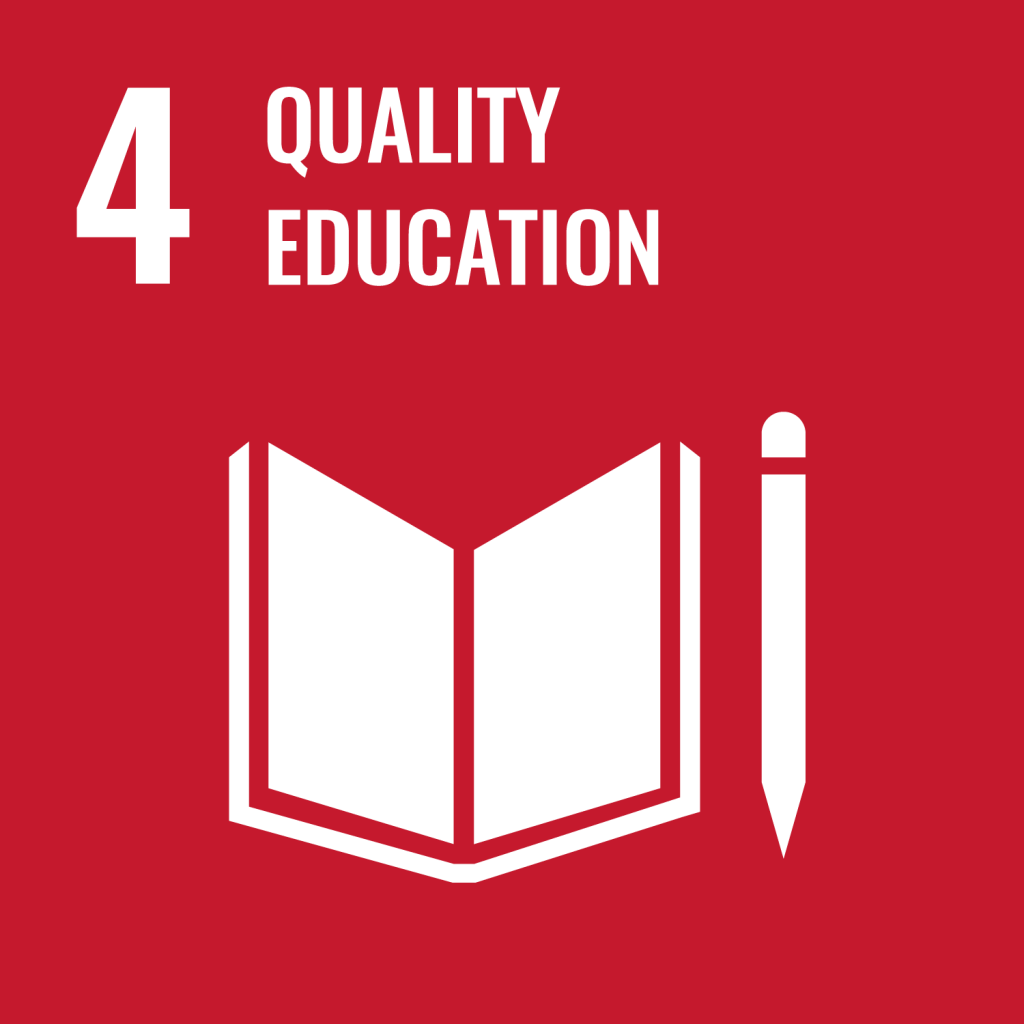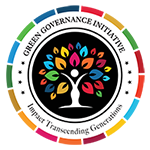GOAL 4:
QUALITY EDUCATION

Leaving no one behind requires improving human capital to make informed decisions in all walks of life, including those related to breaking out from the vicious cycle of intergenerational poverty. Investing in human development requires a heavy focus on education. SDGs placed particular emphasis on improving the quality of education and learning outcomes. The shift in the approach towards school education from input to outcome-based interventions has put the education sector on a new pedestal. While SDG 4 focuses on equity, inclusion and quality of education, it also aims to build and upgrade education facilities that are sensitive to the needs of children and persons with disabilities.
Fact And Figures
Despite the considerable progress on education access and participation over the past years, 262 million children and youth aged 6 to 17 were still out of school in 2017, and more than half of children and adolescents are not meeting minimum proficiency standards in reading and mathematics. Rapid technological changes present opportunities and challenges, but the learning environment, the capacities of teachers and the quality of education have not kept pace. Refocused efforts are needed to improve learning outcomes for the full life cycle, especially for women, girls and marginalized people in vulnerable settings.
Globally, there has been little progress in the percentage of primary school teachers who are trained: it has been stagnating at about 85 per cent since 2015. The proportion is lowest in sub-Saharan Africa (64 per cent).
262 million
children and youth aged 6 to 17 were still out of school in 2017
85%
of percent of primary school teachers trained since 2015

Target
4.1 By 2030, ensure that all girls and boys complete free, equitable and quality primary and secondary education leading to relevant and effective learning outcomes
4.2 By 2030, ensure that all girls and boys have access to quality early childhood development, care and pre-primary education so that they are ready for primary education
4.3 By 2030, ensure equal access for all women and men to affordable and quality technical, vocational and tertiary education, including university
4.4 By 2030, substantially increase the number of youth and adults who have relevant skills, including technical and vocational skills, for employment, decent jobs and entrepreneurship
4.5 By 2030, eliminate gender disparities in education and ensure equal access to all levels of education and vocational training for the vulnerable, including persons with disabilities, indigenous peoples and children in vulnerable situations
4.6 By 2030, ensure that all youth and a substantial proportion of adults, both men and women, achieve literacy and numeracy
4.7 By 2030, ensure that all learners acquire the knowledge and skills needed to promote sustainable development, including, among others, through education for sustainable development and sustainable lifestyles, human rights, gender equality, promotion of a culture of peace and non-violence, global citizenship and appreciation of cultural diversity and of culture’s contribution to sustainable development
4.A Build and upgrade education facilities that are child, disability and gender sensitive and provide safe, non-violent, inclusive and effective learning environments for all
4.B By 2020, substantially expand globally the number of scholarships available to developing countries, in particular least developed countries, small island developing States and African countries, for enrolment in higher education, including vocational training and information and communications technology, technical, engineering and scientific programmes, in developed countries and other developing countries
4.C By 2030, substantially increase the supply of qualified teachers, including through international cooperation for teacher training in developing countries, especially least developed countries and small island developing States
Our Team


Smriti Khemka
Team Lead SDG 4
